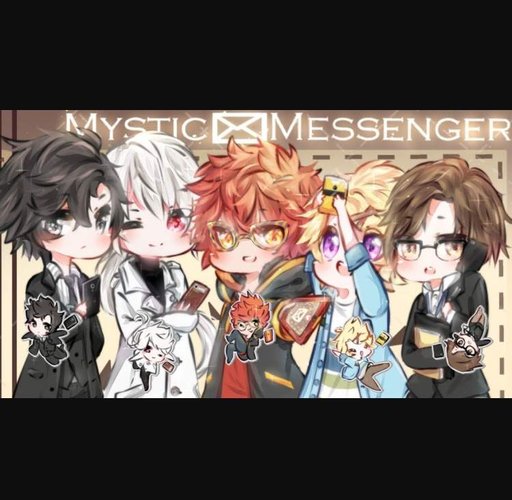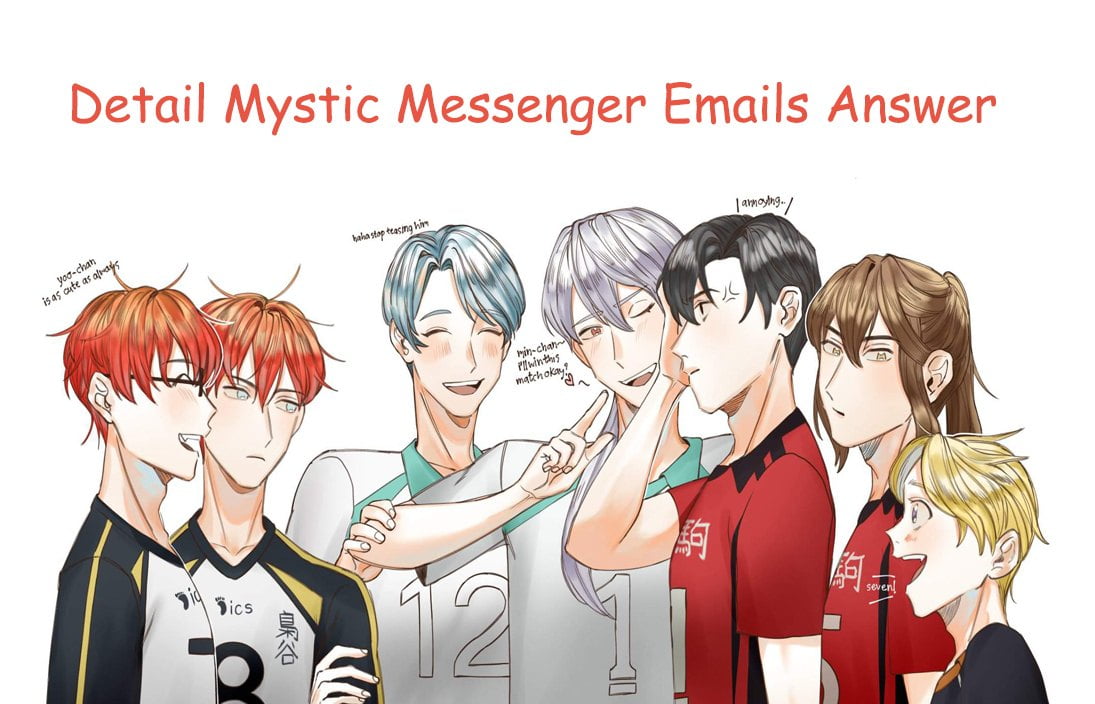

There have been solid Broadway musicals adapted from hit movies, but this heap seems to have been assembled out of parts from previous film-to-stage flops. Audience members, meanwhile, may long for a device to jump them two hours and 40 minutes into the future. The star is a vehicle: a gull-winged silver DeLorean in whose image the Winter Garden Theatre has been tricked out with gleaming circuitry, and which-re-engineered into a time machine by the wild-haired inventor Doc Brown (Roger Bart)-transports 1980s teenager Marty McFly (Casey Likes) 30 years into the past, where he must help his father woo his mother. As a compilation disc performed live, it’s a feast for Millennials its alternate title might well be Now That’s What I Call a Musical!Īttending Back to the Future: The Musical is a bit like watching a car crash in slow motion, except for the part about not being able to look away.

(Notably absent are any of his collaborations with Taylor Swift.) “Roar,” “Domino,” “Since U Been Gone”: the hit list goes on and on. The show’s 30 songs include multiple bops originally recorded by the Backstreet Boys, Britney Spears and Katy Perry, as well as tunes that Martin wrote-or, in all but two cases, co-wrote-for Pink, NSYNC, Kesha, Robyn, Kelly Clarkson, Jessie J, Céline Dion, Ariana Grande, Justin Timberlake, Ellie Goulding, Demi Lovato, Adam Lambert, the Weeknd and even Bon Jovi. Martin is the preeminent pop hitmaker of the past 25 years, so & Juliet has a lot to draw from. It is what it is: It gives you the hooks and it gets the ovations. A diverting synthetic crossbreed of Moulin Rouge!, Something Rotten!, Mamma Mia! and Head Over Heels, this show delivers just what you’d expect. It is also the guiding ethos of the new Broadway jukebox musical & Juliet, a quasi-Elizabethan romp through the chart-toppers of Swedish songwriter-producer Max Martin. “Keep it light, keep it tight, keep it fun, and then we’re done!” That’s the pithy advice that the indignant 16th-century housewife Anne Hathaway (Betsy Wolfe) imparts to her neglectful husband, William Shakespeare (Stark Sands), as a way to improve his play Romeo and Juliet, which she considers too much of a downer.

(The number matches the rococo cornucopia of the New Amsterdam Theatre.) Granted three wishes for freeing the Genie from a lamp, Ala The musical’s high point is the hard-sell “Friend Like Me,” in which the fourth-wall-breaking spirit summons wave upon wave of razzle-dazzle to demonstrate the scope of his power. “It’s barbaric, but hey, it’s home,” sings the genial Genie (a game, charismatic Iglehart) in the opening song, and that’s the tone of Aladdin as a whole: kid-Oriented.Īs in the 1992 film, the Genie steals the show from its eponymous “street rat” hero (Jacobs, white teeth and tan chest agleam). The latest in the toon-tuner line, Aladdin, falls between those poles nearer in style (though inferior in stakes) to Disney’s first effort, Beauty and the Beast, the show is a tricked-out, tourist-family-friendly theme-park attraction, decorated this time in the billowing fabrics of orientalist Arabian fantasy. What do we wish for in a Disney musical? It is unrealistic to expect aesthetic triumph on par with The Lion King, but neither need we settle for blobs of empty action like Tarzan or The Little Mermaid.

Reputed highlights include James Monroe Iglehart's bouncy Genie and the flying-carpet F/X. Composer Alan Menken adds new tunes to the 1992 original soundtrack, and Chad Beguelin provides a fresh book. Disney unveils its latest cartoon-to-musical project: the tale of a boy, an uncorked spirit and an aerodynamic rug.


 0 kommentar(er)
0 kommentar(er)
